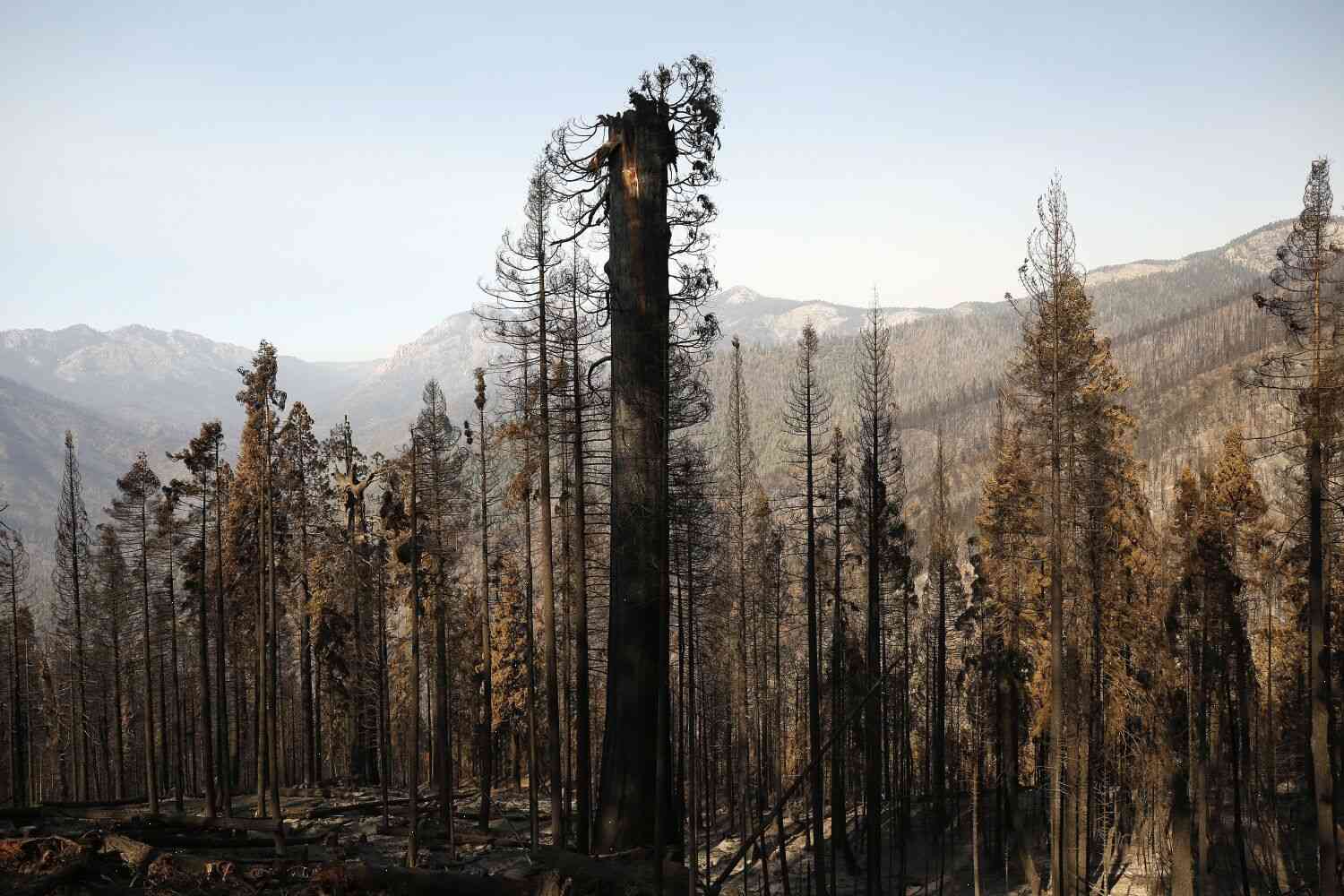Op-Ed: With climate change, we may witness sequoia forests convert to chaparral as they lose large proportion of their native trees; this may sound like a far fetched, out there scenario, but it is an alarming portent.
The US government’s recent announcement of the death of the federal sequoia National Monument may sound like a far-fetched idea, but with a change in the national climate pattern, this very thing may happen as early as within the next 50 years or so.
The climate change scenario, which could begin to take effect as early as the next 50 years or so, is a result of the increase in the amount of carbon dioxide in the atmosphere relative to the atmospheric levels of oxygen. At the start of the industrial revolution, CO2 levels were about 180 ppm. Today they are about 400 ppm and the atmosphere is not even close to its “pre-industrial” levels of 650 part per million oxygen (ppmO2) as measured in the atmosphere 400,000 years ago.
Currently, humans are altering the climate in a variety of ways. The US government has issued a number of regulations that are designed to limit the amount of emissions that are occurring from the burning of fossil fuels for electricity generation and transportation.
However, even without any major changes due to the increased human activity, the human-caused emission of CO2 has caused the atmospheric CO2 levels to increase.
The National Academies of Sciences, Engineering, and Medicine conducted a review of the evidence related to whether global warming is the result of human activity, including the anthropogenic greenhouse effect. According to the review, the evidence available does not show that a significant increase in global warming is attributable to human activity.
However, the National Academies’ report is flawed. It does not address many of the important factors that have led to the continued increase in greenhouse gas concentrations in the atmosphere.
As a result, according to the National Academies’ report, “there is some uncertainty with respect to the degree to which anthropogenic (human-caused) greenhouse emissions are increasing global radiatively active climate forcing” and hence, “whether recent observed global warming (i.e., global mean surface warming) is likely to be an artifact of greenhouse-gas-induced (anthropogenic) warming or a cause of it.”
The National Academies

